Brands are being compelled to be more open, honest and transparent
The days where companies could determine what messages are conveyed, to whom, where and when ensuring their brand reputation is kept in-tact are gone.
Power is being transferred to the consumer. They can refer, recommend, vote, score and comment on positively or negatively anything they feel or experience about a product or service. And the big dose of fuel to the bushfire comes from social media’s interactively, real-time capacity to broadcast messages with unlimited reach in compelling multi-media formats such as pictures and videos taken on the go from smartphones.
Brands are being compelled to be more open, honest and transparent. Trying to hide or disguise issues on social networks is likely to fan the flames of discontent.
In fear of a loss of control, many organisations are holding back on adopting social media either because they once had their hands burnt or someone else in their industry did. There are lots of examples:
- Sony came under bushfire for raising prices on Houston’s music in the UK
- Verizon Wireless canceled a planned $2 “convenience fee” for online and phone bill payments after a backlash from consumers
- A consumer backlash led to Bank of America Corp. canceling a $5-per-month fee for debit card users
- When Harlem resident Minhee Cho ordered a small pizza from a Papa John’s restaurant, she was shocked to find that a staffer ID’d her as “lady chinky eyes” on her receipt
And let’s not forget the the creation of malicious fake Twitter accounts – the damage they can do in short order is considerable:
- Oil companies Exxon Mobil and BP have both been victims of Twitter impersonation, and following BP’s handling of the 2010 Deepwater Horizon oil spill disaster, the satirical @BPGlobalPR has attracted over 158,000 followers.
- The backlash against a new Gap new logo was intense. Beyond the thousands of tweets and Facebook status updates deriding its design, people found other creative ways to protest the new logo. A fake Twitter account – @GapLogo – did gather thousands of followers, and Gap logo generators did quickly go viral
- A fake Twitter account – under the name @TescoCC – was attempting to trick Tesco Bank customers to pass along their telephone numbers, supposedly to be contacted by a Tesco customer services member
No organisation can dig in and hope that the flames of social media will die down. The ones that have tried to pursue this road failed strongly:
- Netflix raised its rates by 60 percent for customers who subscribe to its DVD and streaming video services: Customers were outraged. Despite the outrage, Netflix CEO Reed Hastings declined to apologize to his customers for two months, arrogantly adopting a crisis communications approach toward his customers that can best be described as: “Deal with it.”
Unlike most channels, social media initiatives call for a risk assessment – is about analysing the potential negative consequences.
If your company values its brands and consumer relationships and you don’t have a rapid social media recovery strategy, please learn from the following: Top 5+ learning’s from social media failure.
Short URL & title:
Avoid social media bushfire — https://www.torbenrick.eu/t/r/pbw
Share it:
If you enjoyed this article, please take 5 seconds to share it on your social network. Thanks!
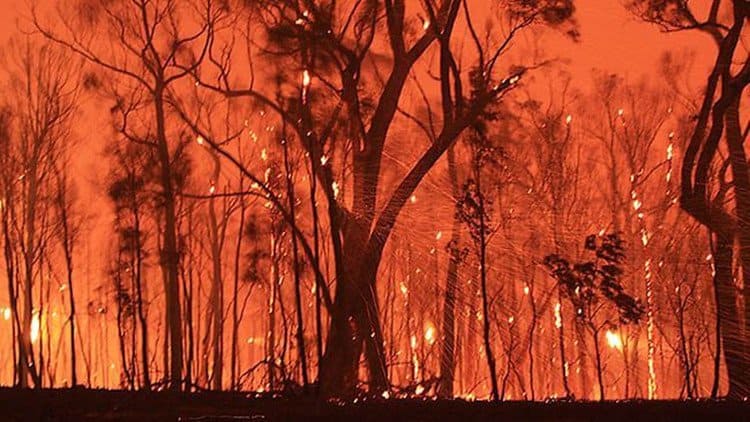
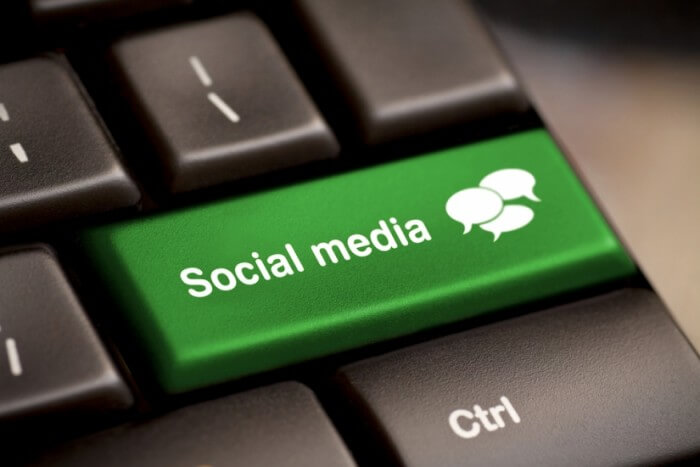
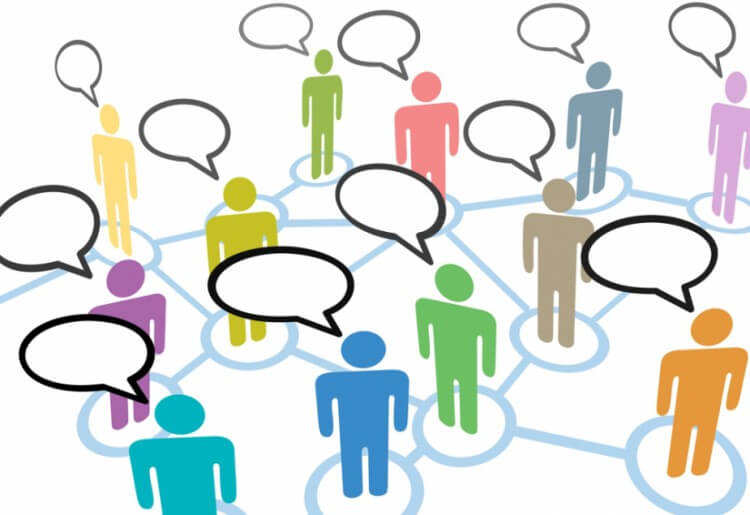


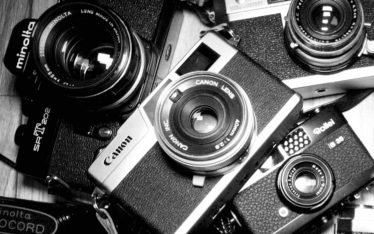
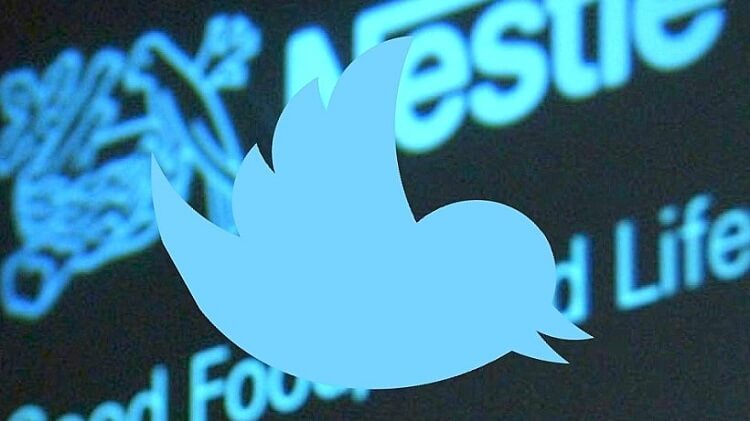
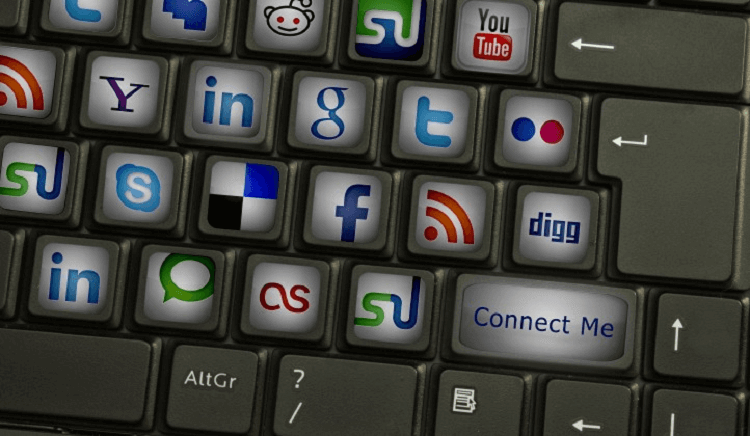
About The Author
Torben Rick
Experienced senior executive, both at a strategic and operational level, with strong track record in developing, driving and managing business improvement, development and change management. International experience from management positions in Denmark, Germany, Switzerland and United Kingdom